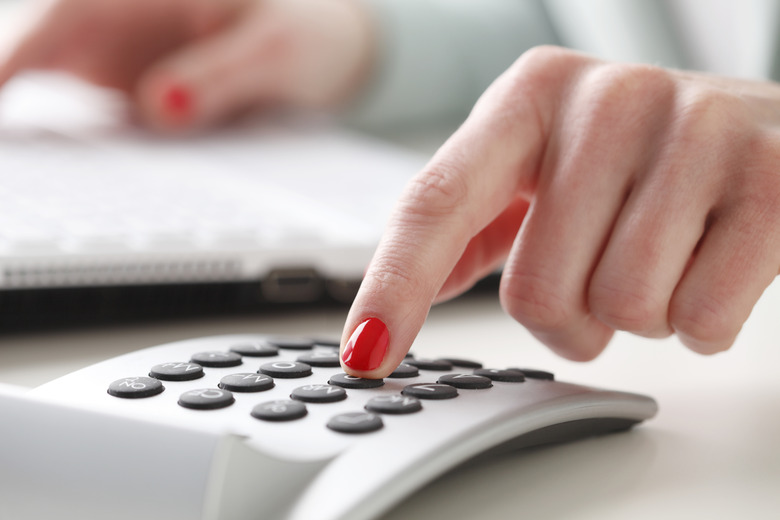Physical Address
Suite 5, 181 High Street,
Willoughby North NSW 2068
Physical Address
Suite 5, 181 High Street,
Willoughby North NSW 2068

Improvement percentage is the ratio of positive change from one number to a higher number, as expressed by a percentage. Accountants use improvement percentage to measure increases in income, profit and expenses. Athletes use improvement percentage to measure increased speed, endurance and weightlifting ability. With or without a calculator, understanding how to calculate this measure of growth helps you evaluate performance across any sector or project.
Determine the two base numbers you will compare. For instance, if comparing income from one month to the next, record both month’s income. The first number is the base number against which to judge the improvement of the second number.
Subtract the first number from the second number. For example, if comparing a $400 income in one month to a $500 income in the second, subtract work out
(500 – 400 = 100)
Divide the result from Step 2 by the first number. Using the same example for income, work out
(100 ÷ 400 = 0.25)
Convert 0.25 to a percentage by multiplying by 100. Work out
(0.25 × 100 = 25)
The improvement percentage in income is 25 percent from one month to the next.
It’s easy to confuse the denominator and numerator when calculating improvement percentage so always double-check your work.